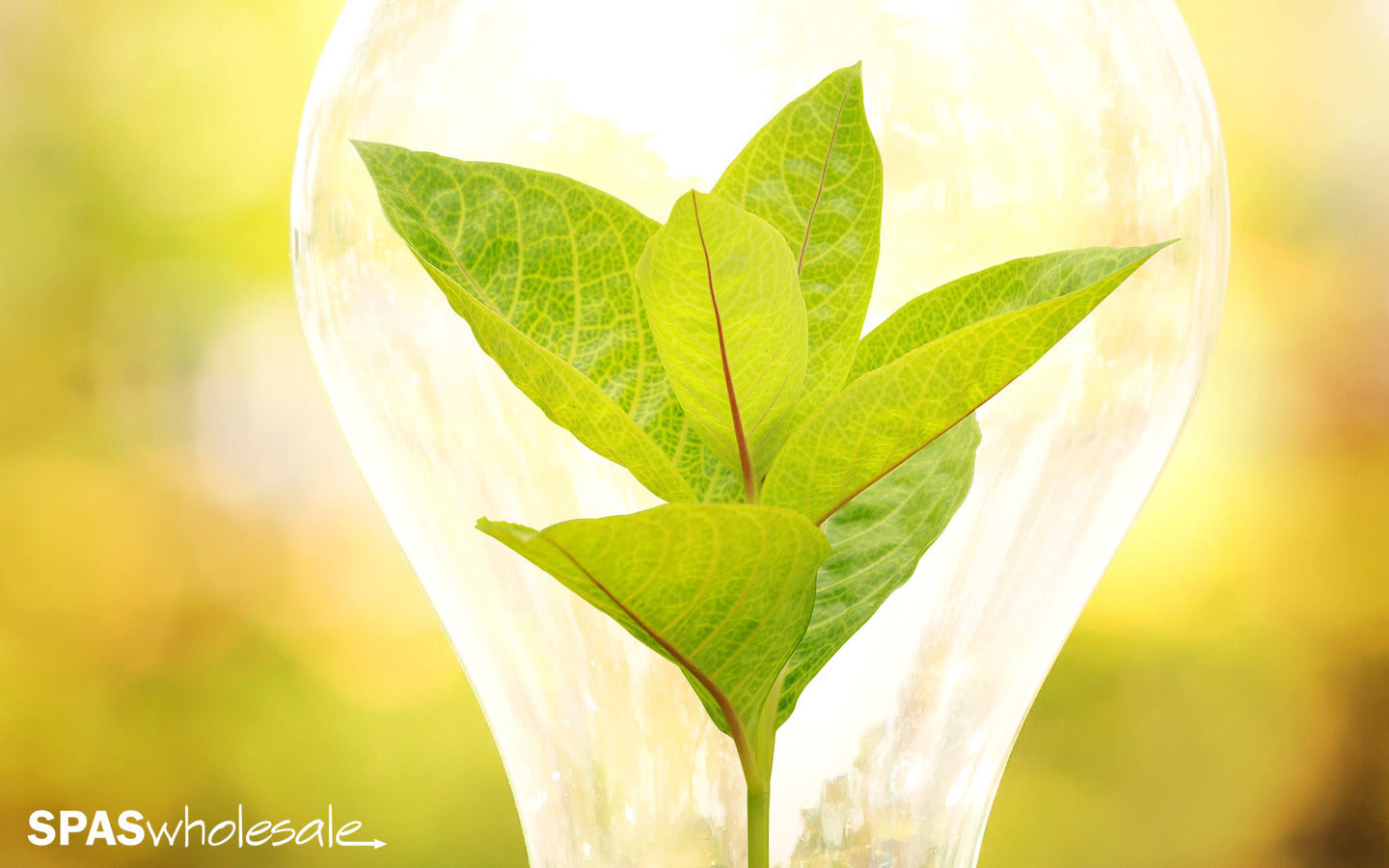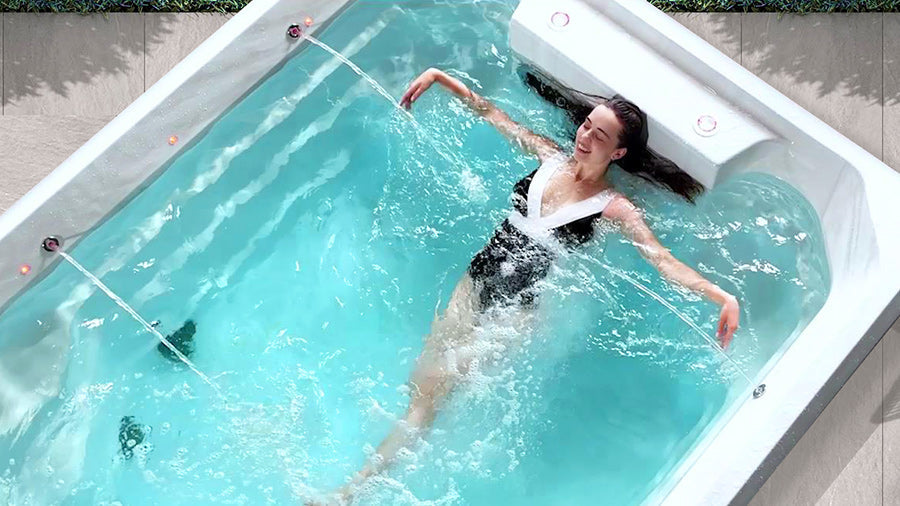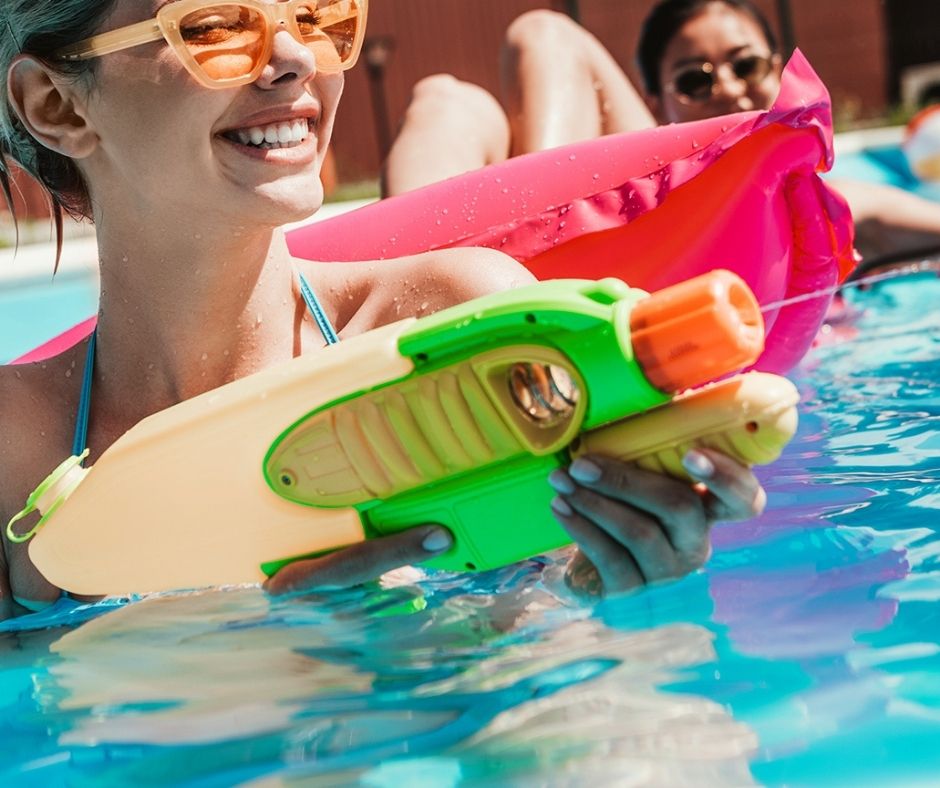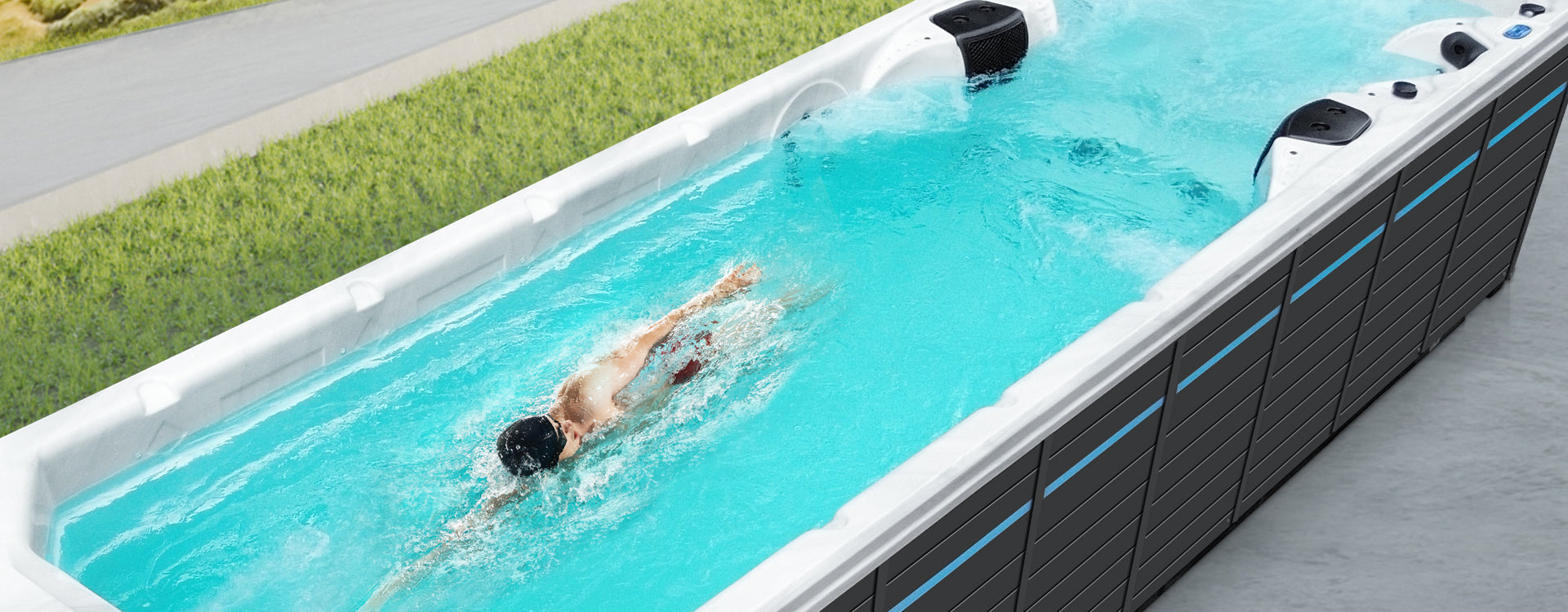Lower Your Hot Tub Energy Costs
Hot tubs can use a significant amount of energy, especially if they are used frequently and left on for long periods of time. To save energy and reduce costs, there are several things you can do.
By following these tips, you can reduce the energy consumption of your hot tub and lower your energy costs.
Choose an Energy Efficient Hot Tub
Look for models with energy-efficient features such as high-efficiency pumps and heaters, and insulation. These features can significantly reduce the energy consumption of the hot tub and help lower energy costs.
Energy-efficient hot tubs also tend to have a longer lifespan and better performance compared to their less efficient counterparts
Use Your Well Insulated Spa Cover
A well-insulated cover can help retain heat and reduce the amount of energy needed to maintain the temperature of the water. This is because the cover helps to trap the heat inside the hot tub, reducing the amount of energy needed to keep the water warm. This can also help prevent heat loss when the hot tub is not in use.
Using a cover can also protect the hot tub from debris and dust, making it easier to maintain and reducing the need for frequent cleaning.
Floating Thermal Blanket
Even with a good spa cover, heat can still be lost due to evaporation between the water surface and the cover. To prevent this, using a floating thermal blanket can reduce heat loss from evaporation by up to 95%. Additionally, spa blankets also help protect your spa cover from damage caused by chemicals.
Spa Control Settings
Many spa controls have energy-saving settings that you can use when you're away from home. To save energy, set your spa controls to a preset 'away mode' or turn the heat down before going on vacation. In the summer, you can turn the heat to the lowest setting or off entirely, but during the winter it's important to keep some heat on to protect the spa from freeze damage.
If your power utility company offers reduced electric rates during off-peak hours, consider adjusting the heating and filtration cycles to take advantage of these lower rates and keep costs down.
Set the Temperature
Try to set the temperature of the hot tub to the lowest comfortable level. This is because the higher the temperature, the more energy it takes to maintain it. By setting the temperature to the lowest comfortable level, you can still enjoy the hot tub while also reducing energy consumption.
If you have children or elderly people using the hot tub, it's important to have a lower temperature setting to avoid overheating and discomfort.
Use The Hot Tubs Timer
Use a timer to turn the hot tub off when not in use. This can help prevent the hot tub from being left on unnecessarily, which can result in significant energy consumption.
Setting a timer can also help you to schedule usage of the hot tub, ensuring that it's only on when you need it and reducing the risk of accidentally leaving it on.
Keep an Eye on the Water Level
Make sure the water level is maintained at the appropriate level to prevent overheating and unnecessary energy consumption. When the water level is too low, the heater will have to work harder to heat the water, which can result in higher energy consumption.
Keeping the water level at the right level can also help prolong the life of the hot tub as it prevents damage to the heating element and other components.
Air Jets and Lights
Using the air jets and lights on a hot tub can provide a more powerful massage experience, but they also decrease the water temperature over time. To prevent this, make sure to close the air valves after using the hot tub to prevent cold air from entering the spa while it's not in use.
Creating Windbreaks
Wind can significantly decrease the temperature of the water in a hot tub while in use. Additionally, poorly sealed cabinets and covers can allow gusts to penetrate and disrupt the warm air pockets that provide insulation. To protect the hot tub from drafts, consider installing privacy walls, fencing, hedges, or using a coverall.
Filter Cartridges and Plumbing System
Old and dirty filter cartridges can overwork pumps and decrease water flow, affecting the efficiency of your hot tub. To keep your filters in good working condition, it's recommended to soak them overnight with a non-foaming filter cleanser every 3-4 months. Additionally, it's also a good idea to use two sets of filters, by rotating them and having a clean and dry spare ready to be installed with each water change, this will help extend the life of your filters and maintain a good water circulation.
Keep Your Spa Well Maintained
Regularly maintain your hot tub to ensure it is running efficiently. This includes cleaning filters, checking for leaks and making sure the water chemistry is balanced. A dirty filter can reduce the efficiency of the hot tub and lead to higher energy consumption. Leaks can also cause the hot tub to consume more energy than necessary.
Regular maintenance will also help in identifying any issues or problems early on, reducing the chances of costly repairs.
Upgrading from Obsolete, Outdated Spas
If your hot tub is outdated and no longer able to retain heat efficiently, it may be time to consider upgrading to a newer, more energy-efficient model. An older hot tub may consume excessive power and drain your finances. Replacing it with a modern, well-designed and eco-friendly spa can not only improve efficiency but also save you money in the long run.
Summing Up
Hot tubs can be a significant source of energy consumption, but by following a few simple tips, you can reduce energy costs and save energy. By following these tips, you can reduce the energy consumption of your hot tub and lower your energy costs.
By being mindful of these tips, you can enjoy your hot tub while also being energy-efficient and saving money.
Further Reading and Resources
- 5 Things to Consider When Buying A Spa
- Choosing the Perfect Hot Tub Gazebo or Enclosure
- Top 10 Spa Health Benefits
- Spa & Swim Spa Do's and Don'ts
- Balancing Spa pH Levels
- What causes hot tub scum
- A guide to spa water temperature
- Spa clear user guide
- Spa safety considerations
- Spa water temperature guide
- How to prevent spa algae
- Keeping your spa water balanced
- Starting the spa with new water





Share:
Top 10 Swim Spa Health Benefits
Hot Water Immersion Therapy